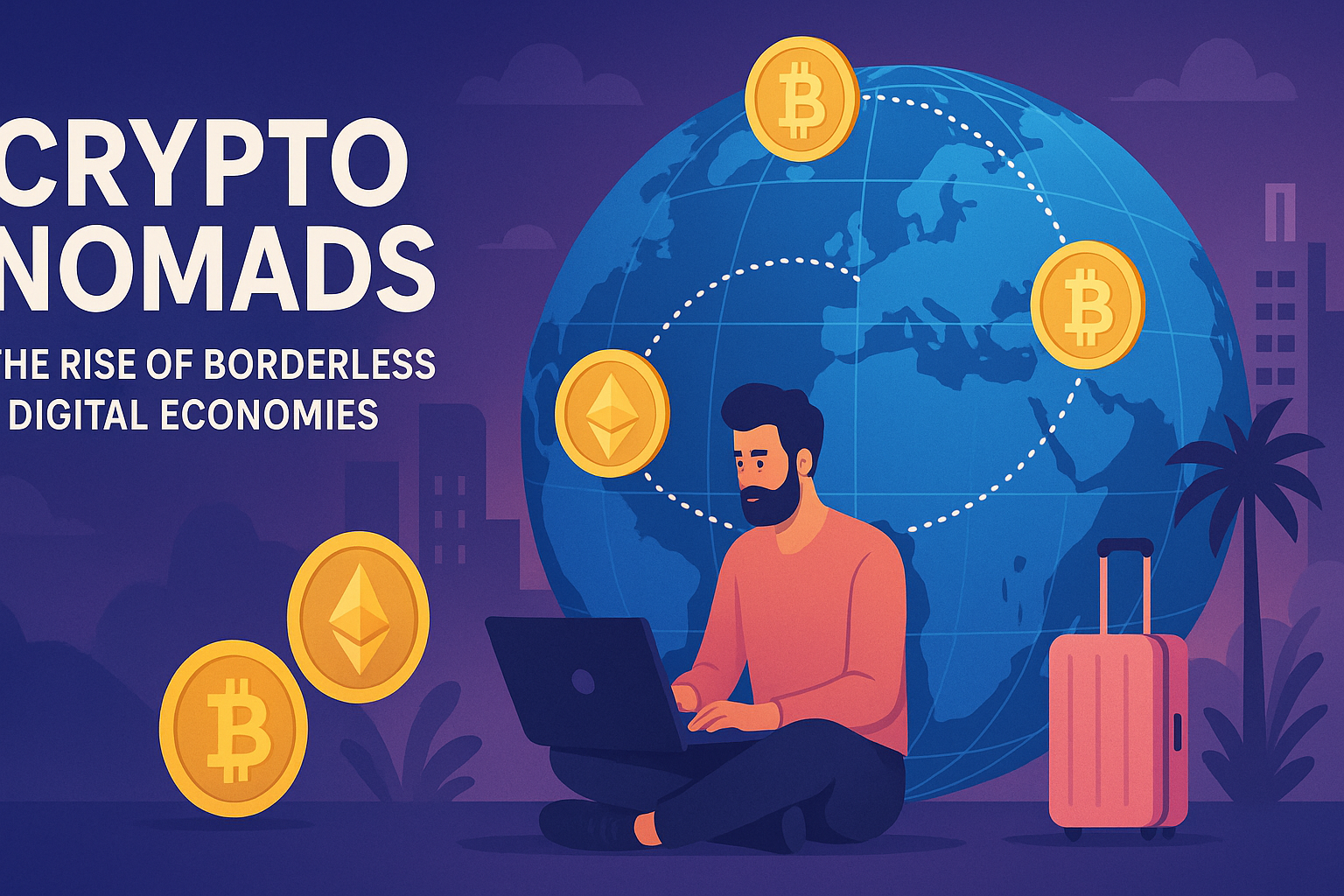Crypto Nomads: Living Freely in a Borderless Blockchain World

Crypto Nomads: The Rise of Borderless Digital Economies
In today’s fast-changing blockchain economy, the rise of crypto adoption has birthed a new digital subculture: the crypto nomads. These individuals are redefining what it means to live and work globally, using decentralized technologies to achieve a level of financial independence previously unimaginable.
Unlike traditional remote workers, crypto nomads rely almost entirely on borderless payments and DeFi platforms. Whether they’re booking accommodation in Bali or buying coffee in Lisbon, digital currencies make it possible. No banks, no currency conversions, no delays—just seamless transactions fueled by blockchain.
This new crypto lifestyle is backed by powerful decentralized tools. Smart contracts provide secure, self-executing agreements. DAOs (Decentralized Autonomous Organizations) allow contributors from around the world to earn income from Web3 jobs, collaborate on projects, and vote on protocol changes. It’s a digital workforce without borders.
Importantly, this trend isn’t just about freedom—it’s about resilience. In unstable economies, crypto adoption gives people access to stablecoins and alternative stores of value. In tech hubs, it enables full participation in a decentralized digital economy.
However, being a crypto nomad has its challenges. Regulations are inconsistent, and navigating legal grey areas requires knowledge and flexibility. Security is another concern; with great financial autonomy comes great responsibility. Nomads must protect their wallets, use secure devices, and stay ahead of phishing and scam tactics.
Despite these hurdles, the momentum is growing. Communities like Lisbon, Chiang Mai, and Medellín are turning into crypto hubs, with cafés that accept Bitcoin and coworking spaces hosting blockchain meetups. Education is decentralized too—crypto nomads learn from DAOs, Discord groups, and YouTube creators, not universities.
In the end, crypto nomadism is not a passing trend—it’s the human side of a broader revolution in the blockchain economy. It demonstrates how decentralized finance and Web3 tools aren’t just abstract innovations; they’re creating real opportunities for real people across the globe.
As more individuals unplug from outdated systems and explore borderless digital economies, the future looks decentralized, mobile, and free.